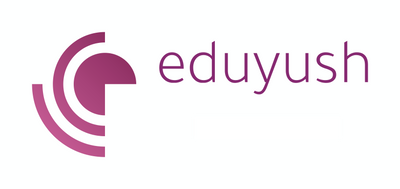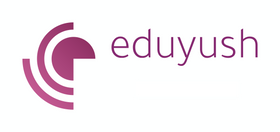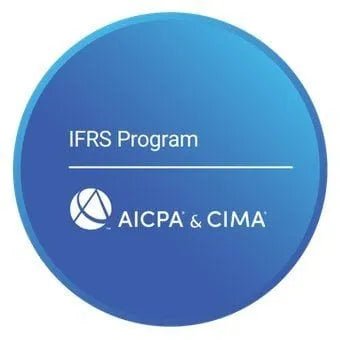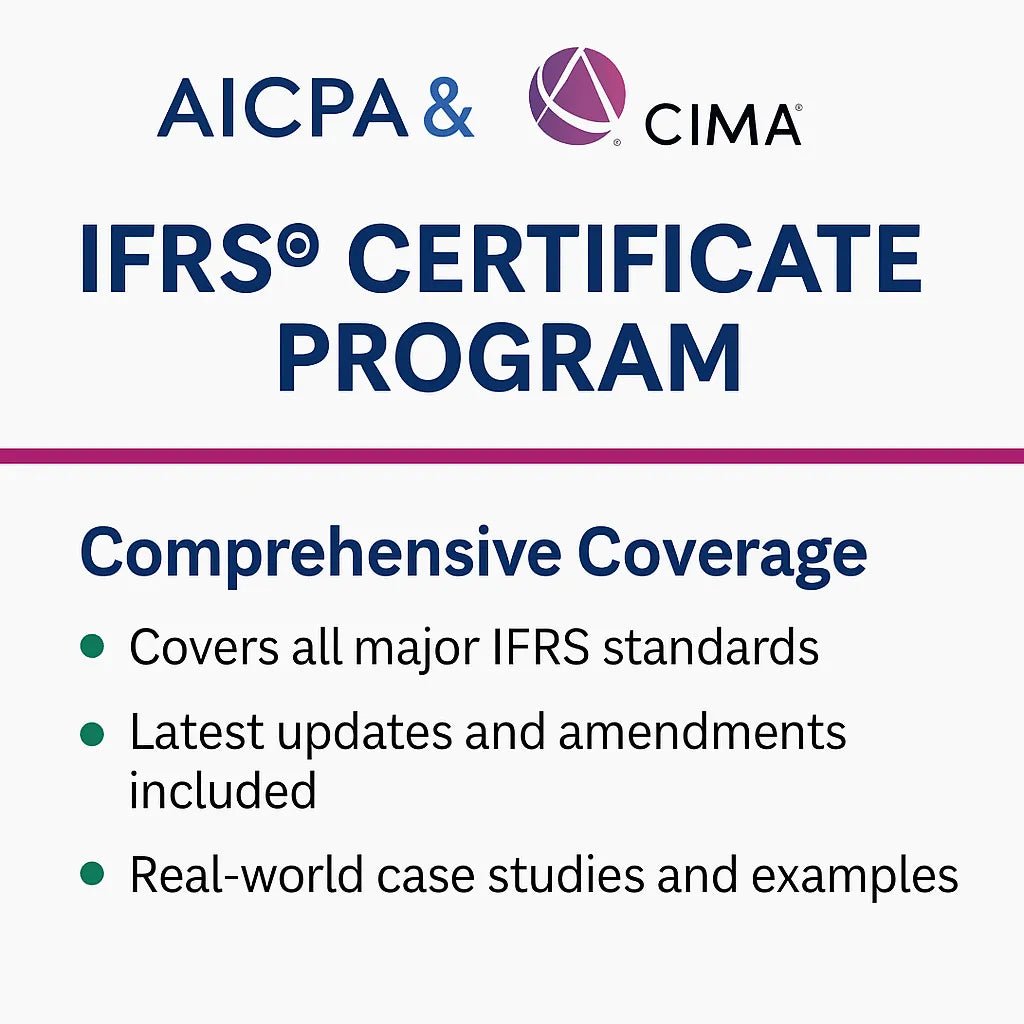How Many Tablespoons in a Cup - Quick Guide
How Many Tablespoons in a Cup: Complete Kitchen Conversion Guide
How many tablespoons are in a cup? This question puzzles many home cooks on a daily basis. Furthermore, understanding kitchen measurements transforms your cooking experience. Additionally, mastering conversions saves time and reduces mistakes. Moreover, accurate measurements ensure recipe success every time.
The answer is simple: 16 tablespoons equal 1 cup. However, there is much more to explore about kitchen conversions.
Quick Answer: Conversion
1 cup = 16 tablespoons
This fundamental conversion applies to:
- Liquid ingredients
- Dry ingredients
- Cooking measurements
- Baking recipes
- Recipe scaling
Complete Tablespoons to Cups Chart
| Tablespoons | Cups | Notes |
|---|---|---|
| 1 tbsp | 1/16 cup | Smallest standard measure |
| 2 tbsp | 1/8 cup | Common baking amount |
| 4 tbsp | 1/4 cup | Quarter cup equivalent |
| 8 tbsp | 1/2 cup | Half cup conversion |
| 12 tbsp | 3/4 cup | Three-quarters measurement |
| 16 tbsp | 1 cup | Full cup conversion |
| 32 tbsp | 2 cups | Double cup amount |
Understanding Kitchen Measurement Systems
US Standard Measurements
The US measurement system uses:
- Tablespoons (tbsp)
- Cups (c)
- Fluid ounces (fl oz)
- Teaspoons (tsp)
Key Conversion Facts
- 1 tablespoon = 3 teaspoons
- 1 cup = 8 fluid ounces
- 1 cup = 48 teaspoons
- 1 fluid ounce = 2 tablespoons
Common Cooking Conversion Questions
How Many Tablespoons in Half a Cup?
Half a cup contains eight tablespoons. Therefore, this conversion helps with recipe halving. Additionally, it is helpful for portion control.
How Many Tablespoons in a Quarter Cup?
A quarter cup equals four tablespoons. Furthermore, this measurement appears frequently in recipes. Moreover, it is ideal for small amounts of ingredients.
How Many Tablespoons in Three-Quarter Cup?
Three-quarters of a cup contains 12 tablespoons. Similarly, this conversion helps with recipe scaling. Additionally, it is common in baking measurements.
Practical Kitchen Measurement Tips
Accurate Measuring Techniques
- Level dry ingredients with a knife edge
- Fill liquid measuring cups to the brim
- Use proper measuring tools for accuracy
- Check measurements at eye level
- Measure ingredients before mixing
Common Measurement Mistakes
- Using liquid cups for dry ingredients
- Packing flour into measuring cups
- Not leveling dry measurements
- Confusing tablespoons with teaspoons
- Estimating instead of measuring
Conversion Tools and Resources
Digital Kitchen Scales
Digital scales provide the most accurate measurements. Furthermore, they eliminate conversion confusion. Additionally, professional bakers prefer weight measurements.
Measuring Cup Sets
Complete measuring cup sets include:
- 1 cup measure
- 1/2 cup measure
- 1/3 cup measure
- 1/4 cup measure
Measuring Spoon Sets
Standard measuring spoons include:
- 1 tablespoon
- 1 teaspoon
- 1/2 teaspoon
- 1/4 teaspoon
International Measurement Differences
Metric System Conversions
- 1 US cup = 240 milliliters
- 1 tablespoon = 15 milliliters
- 1 teaspoon = 5 milliliters
Australian Measurements
Australian tablespoons differ slightly:
- 1 Australian tablespoon = 20 milliliters
- 1 US tablespoon = 15 milliliters
Recipe Scaling and Conversions
Doubling Recipes
When doubling recipes:
- 1 cup becomes 2 cups
- 1/2 cup becomes 1 cup
- 1/4 cup becomes 1/2 cup
Halving Recipes
When halving recipes:
- 1 cup becomes 1/2 cup
- 1/2 cup becomes 1/4 cup
- 1/4 cup becomes two tablespoons
Fascinating Measurement Trivia
Historical Kitchen Facts
- Ancient Romans used hand measurements
- Medieval recipes rarely included measurements
- Standardized cups appeared in the 1800s
- The metric system originated in France
Cooking Measurement Secrets
- Professional chefs often weigh ingredients
- Altitude affects baking measurements
- Temperature changes ingredient volumes
- Humidity impacts flour measurements
Fun Kitchen Conversion Facts
- One cup holds 48 coffee beans
- A tablespoon holds approximately 180 grains of rice
- Ancient bakers used eggshells as measuring cups
- The word "cup" comes from the Latin "cuppa"
Specialty Ingredient Conversions
Butter Measurements
- 1 stick butter = 8 tablespoons
- 1/2 stick butter = 4 tablespoons
- 2 sticks butter = 1 cup
Sugar Conversions
- 1 cup granulated sugar = 16 tablespoons
- 1 cup brown sugar = 16 tablespoons (packed)
- 1 cup powdered sugar = 16 tablespoons (sifted)
Flour Measurements
- 1 cup all-purpose flour = 16 tablespoons
- 1 cup cake flour = 16 tablespoons (sifted)
- 1 cup bread flour = 16 tablespoons
Professional Kitchen Standards
Restaurant Measurements
Professional kitchens use:
- Standardized measuring tools
- Weight-based recipes
- Consistent portioning
- Quality control measures
Baking Industry Standards
Commercial baking requires:
- Precise measurements
- Consistent ratios
- Temperature control
- Timing accuracy
Troubleshooting Measurement Issues
When Recipes Do not Work
Check these factors:
- Measurement accuracy
- Ingredient freshness
- Temperature variations
- Altitude adjustments
Common Solutions
- Remeasure ingredients carefully
- Use proper measuring tools
- Follow recipe instructions exactly
- Account for environmental factors
wellhealth how to build muscle tag
Technology and Kitchen Measurements
Smart Kitchen Tools
Modern technology offers:
- Digital measuring cups
- Smartphone conversion apps
- Smart kitchen scales
- Recipe conversion software
Measurement Apps
Popular apps include:
- Kitchen conversion calculators
- Recipe scaling tools
- Measurement converters
- Cooking timers
What is 30 degrees celsius in Fahrenheit
Conclusion: How Many Tablespoons in a Cup
Understanding how many tablespoons are in a cup can significantly improve your cooking. Moreover, mastering kitchen conversions builds confidence. Additionally, accurate measurements are crucial for ensuring recipe success. Furthermore, proper measuring techniques enhance cooking results.
Remember: 16 tablespoons always equal 1 cup. Therefore, this fundamental conversion serves as the basis for all kitchen measurements. Finally, practice these conversions until they become second nature.
Frequently Asked Questions on Tablespoons in a Cup
Q: How many tablespoons are in 2 cups? A: 2 cups contain 32 tablespoons.
Q: How many tablespoons are in 1/3 cup? A: 1/3 cup contains approximately 5.33 tablespoons.
Q: Can I use regular spoons instead of measuring spoons? A: No, regular spoons vary in size significantly.
Q: Do liquid and dry measurements differ? A: Yes, use liquid measuring cups for liquids and dry measuring cups for solids.
Q: How do I measure sticky ingredients like honey? A: Spray measuring tools with cooking spray first.
Other conversions
Conversion formulas Questions? Answers.
Why is the conversion factor from centimeters to inches approximately 0.393701?
This conversion factor is derived from the exact relationship between the inch and the centimeter. One inch is defined as exactly 2.54 centimeters, so the inverse gives approximately 0.393701 inches per centimeter.
Why is the formula for converting Celsius to Fahrenheit structured this way?
The formula accounts for the different starting points and scales of the Celsius and Fahrenheit systems. Celsius is based on the freezing and boiling points of water (0°C and 100°C), whereas Fahrenheit is based on 32°F for freezing and 212°F for boiling.
What is the formula to convert Celsius to Fahrenheit?
The formula to convert Celsius to Fahrenheit is:Fahrenheit=
(Celsius×9/ 5)+32 Fahrenheit
Refer the following links for easy conversions
What is the formula to convert pounds to kilograms?
The formula to convert pounds to kilograms is:
kilograms=pounds×0.453592 kilograms
Refer to the following links for weight conversions
What are some common cm to feet tools
Pls refer to the following links for the popular cm to feet
What is the formula to convert centimeters to inches?
The formula to convert centimeters to inches is:
inches=centimeters×0.393701 inches
Popular conversions
What is the formula to convert miles to kilometers?
The formula to convert miles to kilometers is: kilometers=miles×1.60934 kilometers













Leave a comment